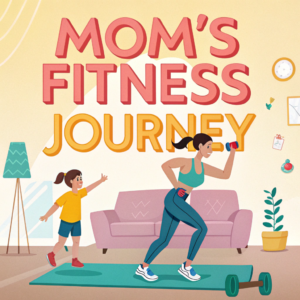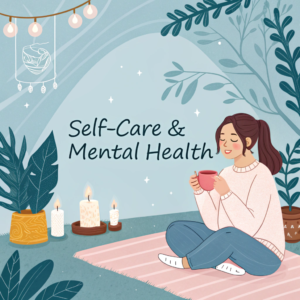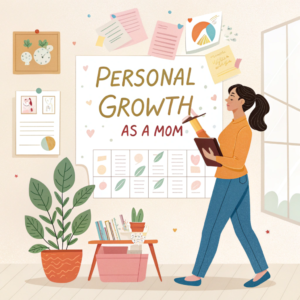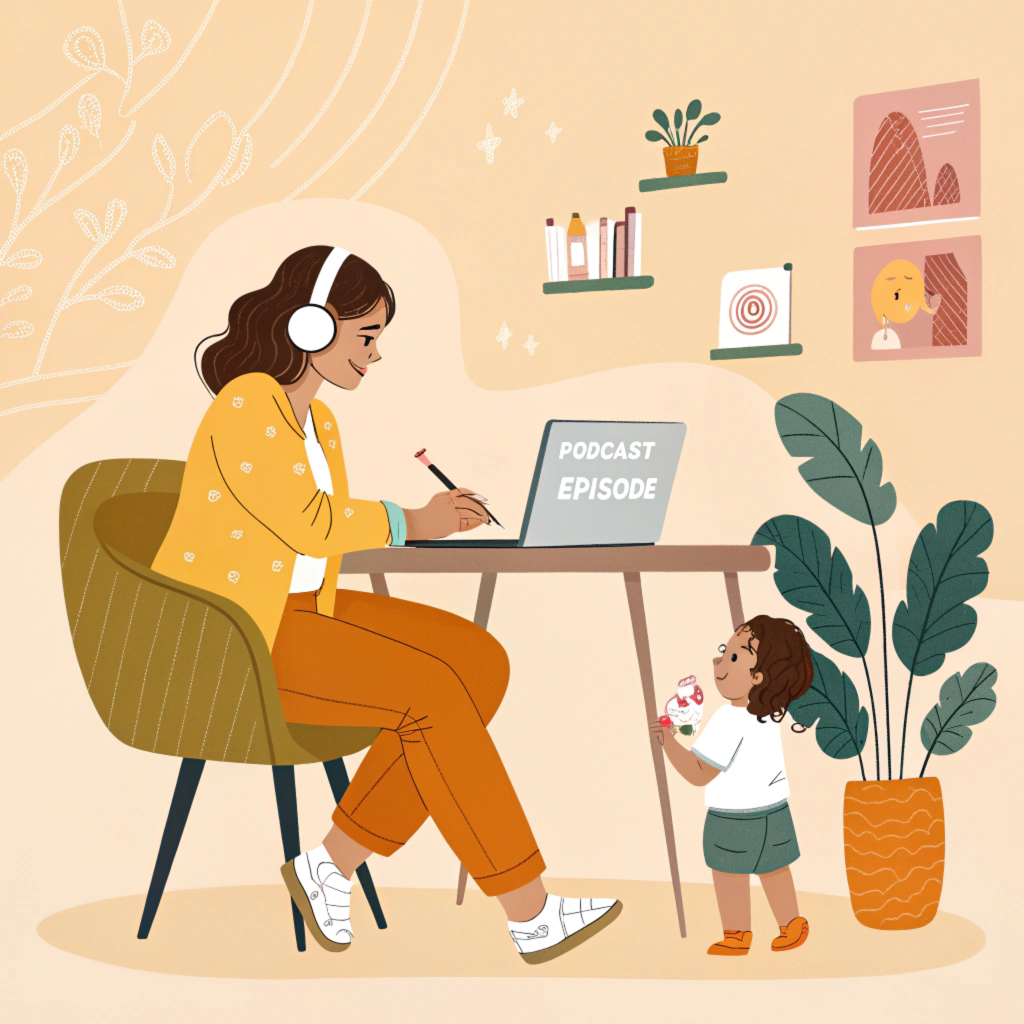As a parent, you shape your child’s emotional and psychological well-being. Teaching kids gratitude can boost their happiness by 23%1. It helps them see the good in life, making them happier and more well-adjusted.
Gratitude activities for kids are fun and teach them to be thankful. Over 40% of kids aged 8-16 say they thank people every day1. This shows how important it is to teach them to be grateful.
Teaching kids gratitude helps them see life positively. They become more caring and friendly, with 15% more positive social interactions1. You can do this with activities like keeping a gratitude journal or daily reflection.
These practices can also improve sleep quality by 20% in teenagers1. It’s a great way to help your child sleep better and feel more refreshed.
Key Takeaways
- Teaching kids gratitude can increase overall well-being by 23%1
- Fostering gratitude in children can lead to a 50% increase in emotional and psychological well-being1
- Gratitude activities for kids can help develop a positive attitude and appreciate the good things in life1
- Practicing gratitude can lead to stronger immune systems, reduced anxiety, and increased life satisfaction in adults2
- Implementing a daily gratitude routine can potentially lead to less stress in morning preparations for children2
Understanding Why Teaching Kids Gratitude Matters
Teaching kids to be thankful is key for their growth. It helps them learn to be thankful and appreciate things. This sets them up for a happy life, with better mental health3.
Talking about feelings and doing family volunteer work can help kids feel more thankful3.
Here are some benefits of teaching kids gratitude:
The Perfect Age to Teach Kids Gratitude
Here are some ways to teach kids gratitude:
- Encourage them to see the sacrifices others make
- Do family activities that show gratitude, like writing thank-you cards
- Be thankful yourself, as kids often copy what parents do6

Teaching kids gratitude takes time, patience, and positive words. Start early and make gratitude a daily habit. This way, your kids will learn to appreciate life more7.
| Age | Gratitude Development |
|---|---|
| 4 years | Children start to develop the capacity for genuine gratitude |
| 7 years | Children’s understanding of gratitude deepens as they become capable of comprehending more complex emotions |
Creating Daily Gratitude Rituals in Your Home
As a parent, you can shape your child’s gratitude. Teach them to be thankful by adding gratitude to your daily routine. This helps them feel positive and kind. Helping others is a great way to teach kids to be grateful8.
Start a family gratitude journal to make gratitude fun. It’s a good way to get kids thinking about what they’re thankful for. Try saying three things you’re thankful for at breakfast or before bed9.
Studies show that teaching kids to be thankful helps them grow and stay organized10. Gratitude makes kids appreciate life more. Here are some ideas for daily gratitude rituals:
By adding these gratitude practices to your daily life, you can help your child be more thankful. Be consistent and make gratitude a habit. This way, you’ll raise a kind and caring child8.
Fun Ways to Teach Kids Gratitude Through Play
Teaching kids gratitude through play is a great way to help them feel thankful. You can add gratitude activities for kids to their daily life. This helps them learn important life skills and values.
One fun idea is to make a gratitude jar. Kids can write down things they’re thankful for and put them in the jar. Then, at the end of the week, you can read them together as a family11.
There are many ways to teach kids gratitude. You can try gratitude scavenger hunts, thankful crafts, and gratitude journals. These activities help kids feel grateful for what they have. For example, a study showed that kids who practice gratitude are 15% happier11.
Research also found that kids who practice gratitude are 23% happier and more satisfied with life12.
Here are some fun ways to teach kids gratitude through play:
- Gratitude scavenger hunts
- Thankful crafts
- Gratitude journals
- Gratitude jars
These activities help kids feel grateful and appreciate what they have. By doing these activities every day, you can teach them valuable life skills and values13.

Teaching kids gratitude through play helps them have a positive outlook on life. This can make them more resilient and adaptable when facing challenges. So, why not try it? Start using gratitude activities for kids and ways to teach gratitude to kids in your daily routine today. Watch your kids become happy and thankful individuals12.
| Activity | Age Group | Benefits |
|---|---|---|
| Gratitude scavenger hunts | 4-12 years | Develops sense of gratitude and appreciation |
| Thankful crafts | 4-12 years | Encourages creativity and self-expression |
| Gratitude journals | 6-12 years | Develops reflective thinking and emotional intelligence |
Modeling Grateful Behavior as Parents
It’s important to show your kids how to be thankful. You can do this by thanking them, making your home a place of thanks, and doing fun activities together15. Talking about what you’re thankful for at dinner or before bed helps kids feel grateful too. Studies say being thankful daily can make us 25% happier14.
Here are some ways to be a grateful parent:
- Thank your kids often
- Make your home a place of thanks
- Do fun activities together, like a gratitude journal
By doing these things, you help your kids learn to be thankful. This makes them appreciate life more16.

| Gratitude Activity | Benefits |
|---|---|
| Family Gratitude Journal | Encourages enthusiasm and reduces complaints |
| Regular Discussions about Thankfulness | Reinforces a grateful mindset and increases overall happiness |
Simple Activities to Foster Gratitude in Children
Teaching kids to be thankful is key for their growth. It helps them feel good and get along with others. Simple things like gratitude journals and thank-you notes can make a big difference17.
These activities fit all ages and abilities. Young kids can make a gratitude chain by writing or drawing on paper strips18. Older kids can write in a journal or make a thank-you note.
Here are some simple ways to teach kids to be thankful:
- Gratitude journals: Have your child write or draw something they are thankful for each day.
- Thank-you notes: Encourage your child to write a thank-you note to someone who has helped them.
- Gratitude chains: Create a chain of paper strips with things your child is thankful for written or drawn on them.

By doing these activities daily, you can teach your child to be thankful. This can make them happier and better at making friends19.
| Activity | Age Group | Benefits |
|---|---|---|
| Gratitude journals | 6-12 years | Improved emotional regulation, increased optimism |
| Thank-you notes | 4-10 years | Improved social bonds, increased participation in class activities |
| Gratitude chains | 3-8 years | Improved mental well-being, reduced levels of depression and stress |
Overcoming Common Challenges When Teaching Kids Gratitude
Teaching kids gratitude can be tough. You might face issues like dealing with entitled behavior and keeping up with gratitude practice. About 79% of parents find it hard to teach gratitude during the holidays because of too much consumerism20. It’s key to find good ways to teach gratitude and make kids thankful.
Here are some tips to help:
- Lead by example: Show your kids what it means to be grateful by expressing thanks for what you have.
- Make it a routine: Add gratitude to your daily life, like sharing thanks at dinner.
- Adapt to different age groups: Use methods that fit their age, like a gratitude journal for older kids.

Teaching kids gratitude takes time, patience, and creativity. By working together and finding good ways to teach gratitude, you can help your kids appreciate what’s important for life.
| Age Group | Gratitude Practice |
|---|---|
| 6-12 years | Keeping a gratitude journal |
| 13-18 years | Sharing gratitude at dinner time |
Connecting Gratitude with Real-World Experiences
When teaching children the power of gratitude, it’s key to link it to their everyday life. This makes it easier for them to see why gratitude matters. Studies show that feeling thankful can make kids happier and do better in school22.
One great way to teach gratitude is by doing things like volunteering or giving to charity. This shows kids how their actions can help others. It also teaches them to care about others more. You can also practice being mindful together, focusing on what you’re thankful for right now22.
Here are some ways to add gratitude to your daily routine:
- Keep a gratitude journal to write down what you’re thankful for.
- Share thanks with others, like with a kind word or a small gift.
- Practice mindfulness and stay in the moment.
By linking gratitude to real-life experiences, you help your kids see its value. This can make them happier, better at making friends, and more joyful overall22.

Building a Grateful Family Community
Teaching your kids to be kind and grateful is key. It’s important to create a family that supports these values. By doing family activities, your kids learn to appreciate life and feel connected to others23.
Studies show that kids who are thankful are happier. They feel 23% better emotionally24.
Start family traditions that focus on gratitude. You can share gratitude journals or have a weekly circle. Including extended family makes bonds stronger and creates a community25.
Make giving back a family effort. You can volunteer at a food bank or help a neighbor. These actions teach kids to be kind and grateful23.
Make sure these activities are fun. Let your kids help plan. This way, they’ll be excited to help others.

Conclusion: Nurturing Hearts of Gratitude for a Lifetime
FAQ
What are the long-term benefits of teaching kids gratitude?
Teaching kids gratitude helps them feel better mentally. They also make stronger friendships and do well in school.
What is the perfect age to start teaching kids gratitude?
You can start teaching kids gratitude at any age. Toddlers can learn it too. As they grow, you can help them appreciate life more.
How can I create daily gratitude rituals in my home?
Start with morning and bedtime routines. Keep a family journal to write thanks. These steps help make gratitude a part of your day.
What are some fun and engaging ways to teach kids gratitude through play?
Use games like gratitude scavenger hunts. Try thankful crafts too. These make learning fun and interactive.
How can I model grateful behavior as a parent?
Show thanks every day. Lead by example. Make your home a place of thankfulness.
What are some simple activities to foster gratitude in children?
Use gratitude journals and write thank-you notes. Make gratitude chains too. These activities help kids appreciate life.
What are some common challenges when teaching kids gratitude, and how can I overcome them?
Dealing with entitled kids and keeping up with gratitude can be tough. Use tips and strategies to help. This way, kids can learn to be thankful.
How can I connect gratitude with real-world experiences for my kids?
Connect gratitude to everyday life. Volunteer and donate to charity. Mindfulness helps too. This shows kids the value of gratitude.
How can I build a grateful family community?
Start family service projects and traditions. Include extended family. This helps kids feel grateful and connected to others.















